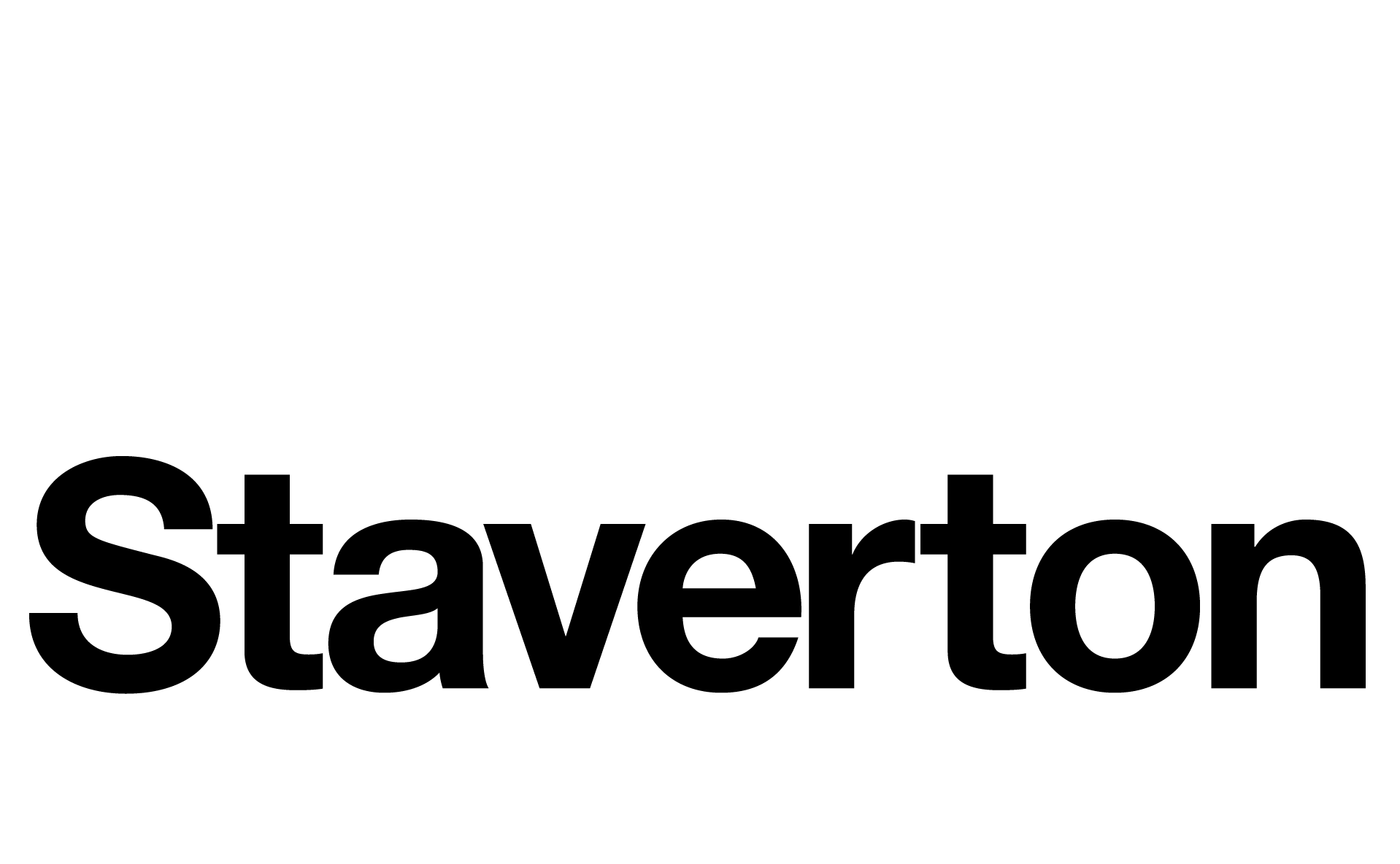Q&A with Paul Edward, Staverton’s Managing Director
In conjunction with independent business adviser Cowgills, Paul Edward gives his thoughts on a number of issues facing office space transformations and the regular challenges we encounter.
With the vast capital sums invested in design, refurbishment and relocation fit-out projects, leadership teams should rightfully expect them to deliver significant operational benefit. But evidence shows this isn’t always the case, with just 34 per cent of projects delivering high-performance results according to Leesman data.
Why do you think such a high number of workplace transformation projects fail?
“I believe this comes down to those involved assuming that one size fits all. Fancy furniture, games rooms, coffee provisions and beer taps aren’t for everyone. You can’t use a template for all. It’s so important to create and design a workplace that works for your particular employees. That means providing the most effective furniture, variety of spaces and overall atmosphere. Any furniture suppliers, designers, change management consultants and in-house teams should work together from an early stage, to create a plan that is bespoke to the organisation”.
For the workplaces that are getting it right; what have the design teams done differently? What solutions have they provided that have broken down the barriers that impede employees working effectively?
“When workplace transformation projects go well, it’s almost always down to the fact the designers have worked in collaboration with the various other parties. They hear from the employees themselves, the facilities management teams, the senior leadership teams and then create a solution working with the suppliers and contractors”.
How can designers work with their clients to determine what employees need to be productive – and how can this learning be applied to design proposals?
“Open and early communication will always pay dividends. Design that is research-based always seems to be the most successful, and it’s no wonder. If you’re designing a space and you don’t know anything about the people who will use it, how could it possibly work? The results of carrying out surveys and focus groups enable designers to pinpoint what a workplace, and it’s workers, really needs, and design accordingly”.
85 per cent of Leesman respondents agree that the design of the workplace is important to them. Other research suggests that employees who are highly satisfied with various aspects of their workplace also demonstrate higher levels of engagement.
How can design support social cohesion, information sharing, trust, engagement and productivity?
“I think desking is still incredibly important. The office is certainly not dead and although open-plan hot-desking is really taking off, it’s important to provide personal desks too, when and where needed. A variety of spaces in which to work is key. Spaces that feel and can be used differently can really aid collaborative working”.
What are the business benefits of getting this right?
“If your workplace works and performs at its best, then your employees, who use the space, will mirror this. We all want our employees to arrive to workable to perform at their best. A workplace that supports the tasks they complete and the particular way in which they work will mean businesses reap the rewards of having a productive and effective workforce”.
Based on your experience in the sector, what are the key components of an effective work environment?
“Variety is the key. When a workplace is effective it’s usually down to the designers giving employees choice over where (and how) they work. Whether that’s the incorporation of mobile sit-stand desks, acoustically treated ‘dens’ or ‘pods’ for quiet focused work and phone calls, or just breaking up an otherwise open plan office with work-wall dividers, it’s crucial to have a range of environments that make up your space”.



